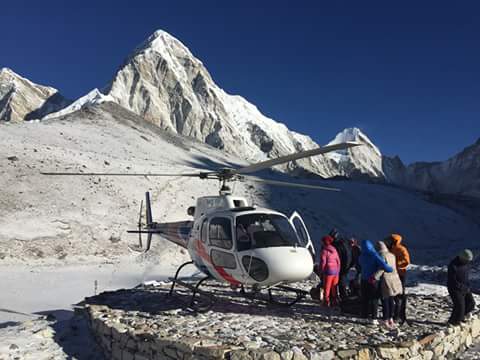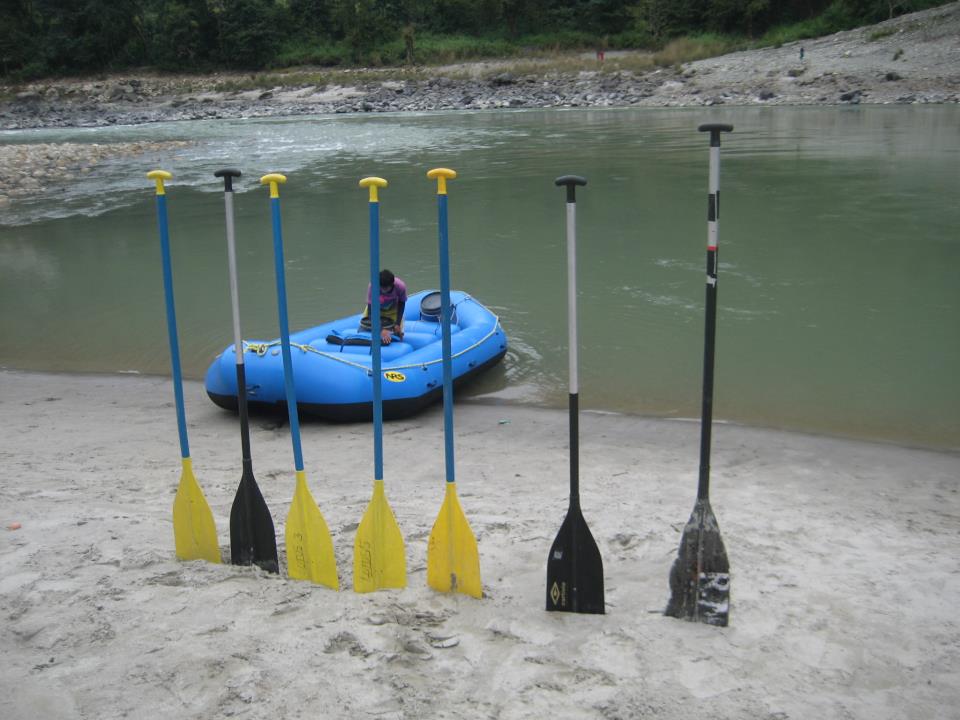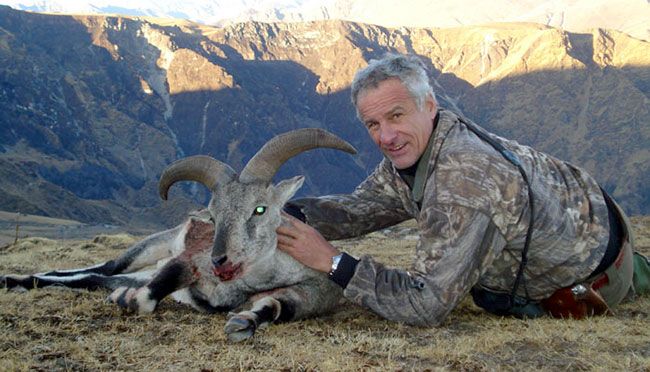
Everest Tour by Helicopter in Nepal
Landing at Lukla air strip 2827 m. Or, optionally, we can design it to land at Tengboche and the Gokyo valley
Area: 499sq. km Established: 1984
Location: parts of Chitwan, Makawanpur, Parsa and Bara districts, in central Nepal. The dominant landscape of the reserve is the Churiya hills ranging from 750m to 950m and running east west through the reserve. The reserve has a sub-tropical monsoon climate. The forest is composed of tropical to subtropical forest types with Sal constituting 90% of the vegetation. In the Churiya hills chir pine grows and along the streams and Rivers. Khair, sissoo and the silk cotton tree also commonly spotted.
Sabai grass, a commercially important species, grows well along southern face of the Churiya hills. The reserve supports a good population of resident wild elephant, tiger, leopard, sloth bear, gaur, blue bull, and wild dog. Other common animals are Sambar, chital hog deer, barking deer, languor, striped hyena, palm civet and jungle cat. There are nearly 300 species of birds in the reserve. Giant hornbill, peafowl, red jungle fowl, flycatchers and Woodpeckers are a few of the other common birds found in the reserve. Many kinds of snakes including king cobra, common cobra, Krait, rat snake and python are found in the reserve due to hot tropical climate.

Landing at Lukla air strip 2827 m. Or, optionally, we can design it to land at Tengboche and the Gokyo valley

This classic river trip is famous for being one of the top ten river journeys in the world.

Dhorpatan Hunting Reserve, nestled in Nepal's western hills, offers a unique blend of wilderness and adventure. As Nepal's only hunting reserve, it boasts diverse flora and fauna, including blue sheep, Himalayan tahr, and musk deer. Spanning over 1,325 square kilometers of pristine landscapes, it's a paradise for wildlife enthusiasts and adventure seekers alike. Embark on thrilling hunting expeditions, carefully managed by conservation authorities to maintain ecological balance.